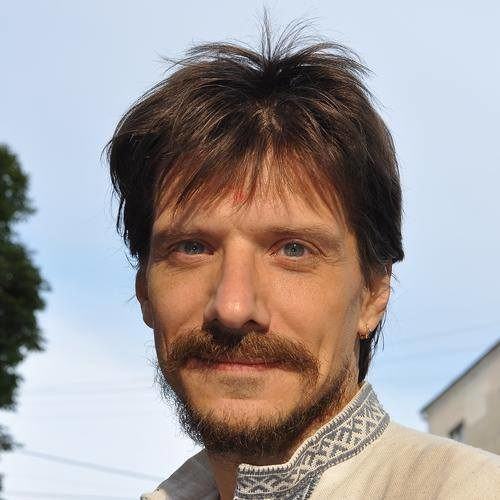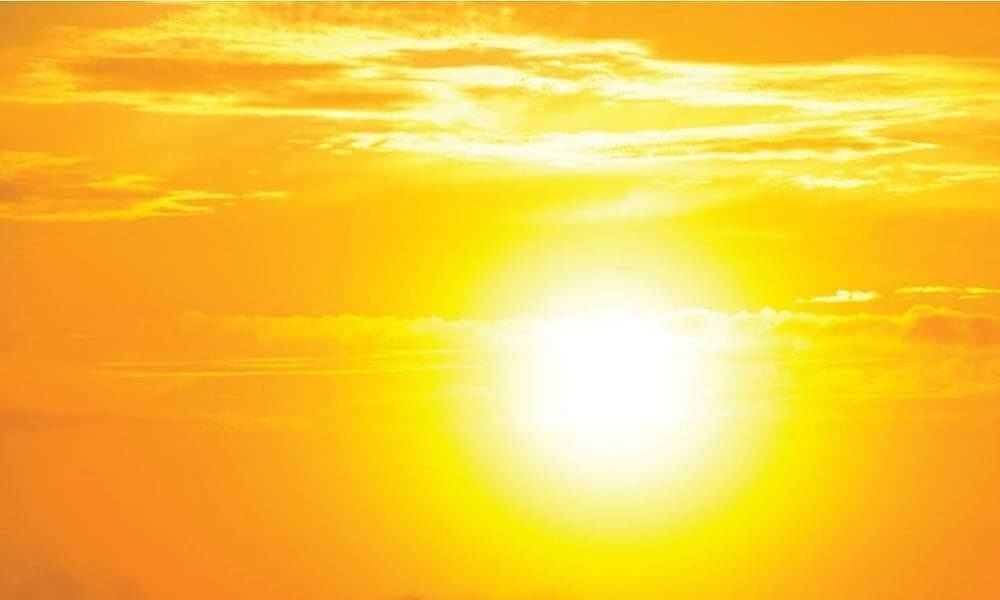“Созерцание Души и Духа” – обращение (молитва) и медитация (созерцание)
Антон Кузнецов — практика медитации
“Созерцание Души-и-Духа”
Каждый из нас ищет результатов во внешний жизни, которые мы называем: достижения, плоды своих действий, самореализация, исполнение своих целей/намерений/желаний.
И перед каждым этапом действия/активности, мы находимся в этапе покоя… Сначала думаем, а потом делаем; утром медитируем/молимся, а весь день что-то делаем; сначала обращаемся внутрь, а потом проявляем себя во внешнем мире; ищем своё Вдохновение в своём Духе, а затем действуем; сначала останавливаемся и успокаиваемся, а потом принимаем решение и выполняем его.
Для этого у каждого нас есть какие-то особые действия (медитации, молитвы, Духовные практики, источники Вдохновения, церемонии/ритуалы). И не удивительно, что все мировоззрения, философии, религии, традиции говорят о важности покоя и тишины перед активностью/действием (мысль, словом, решением, поступком). Кто-то говорит, что нужно сначала помедитировать, кто-то советуем обратиться к Роду и предкам, кто-то рекомендует помолиться, кто-то просто сидит с закрытыми глазами. Такие практики чаще всего называют медитацией, так уж исторически сложилось, хотя они означают обращение внимание внутрь, на самые фундаментальные Силы жизни, самые глубокие ощущения (на Дух, на Божественное в себе, на Истинное “Я”, на Божественную искру, на Атму, на свою Суть/Центр), и медитация не очень подходящее слово для этого. Не только потому что оно пришло из латыни, но и поскольку оно означает “размышление”, “мышление”, “думание”, а во время этого внутреннего (глубокого, “Йогического“) опыта нужно скорее ощущать, чувствовать, чем “мыслить” / “думать”… Поэтому более точное слово – это созерцание (contemplation {meditation}, Дхьяна, споглядання, worship {почитание}, пробуждённый покой).
И чем глубже ощущения (опыт, Йога) во время такой созерцания (“медитации”, молитвы, покоя), то есть чем более глубокие явления я чувствую, тем более эффективна моя Духовная Практика, тем более эволюционна (соответственна моему Предназначению, “дхармична“) активность после неё; а в идеале я должен обращать внимание на свой Дух (Истинное “Я”), тогда деятельность будет максимально в соответствии с Высшими Принципами (с Законами Природы, с Волей Бога/Рода, с Высшими Силами).
Для этого самое лучшее, что каждый из нас может делать – это регулярно обращать внимание на свой Дух, и на свою Душу, чувствующую мой Дух. Это следует делать как минимум в начале каждого дня, то есть утром после пробуждения перед первыми действиями, перед началом активности. И чем чаще в течение дня я вспоминаю и ощущаю свой Дух (свой Род/Бога), свой Предназначение (Долг), и свою Душу, которая помогает мне лучше почувствовать Дух, тем более я иду по Пути Предназначения. Тем более я счастлив, тем меньше я страдаю, и в материальной, проявленной жизни у меня больше результатов, достижений, удовлетворения.
Для этого я предлагаю обучиться и практиковать простую, но эффективную умственную технику — Духовную Практику “Созерцание Души-и-Духа“, которая заключается в получении глубокого опыта ощущений внутренних, фундаментальных уровней Жизни.

// Антон Михайлович Кузнецов
// мастер и учитель Тантра-Джйотиша
Антон Кузнецов (Ведаврат): Медитационная Практика “Созерцание Души-и-Духа”
Антон Кузнецов: видео “Духовная практика, молитва/медитация для опыта Высшей Силы — Духа (Бога)”
The human being is composed of 3 sariras (“bodies”), emanating from Brahman by Avidya (“ignorance”, “nescience”); somehow equated with the 5 Koshas (sheets), which cover the Atman.
1.
Karana-Sharira (the causal body) is merely the cause (seed) of the subtle body and the gross body.
It has no other function than being the seed of the subtle and the gross body.
It is Nirvikalpa-rupam (“undifferentiated form”).
It originates with Avidhya (“ignorance”, “nescience”, “non-acquaintance”) of the real identity of the Atman, instead giving birth to the notion of Jiva.
The causal body is “beginningless ignorance that is indescribable”, characterized by “emptiness”, “ignorance”, and “darkness”.
In the search for the “I am”, this is a state where there is nothing to hold on to anymore.
At this stage that consummation of the Atman with the Paramatman is reached and the search for the highest Purusa (Ishvara) ends.
The causal body is not the Atman, because it also has a beginning and an end and is subject to modification.
Shankara, not seeking a personal god, goes beyond Anandamaya Kosha in search of the transcendent Brahman.
The Anandamaya kosha identifies the deep sleep state, where Buddhi becomes dormant and all concepts of time fail, although there are differences between these three descriptions.
The causal body is considered as the most complex of the three bodies. It contains the impressions of experience, which results from past experience.
2.
Suksma-Sharira (the subtle body) is the body of the mind and the vital energies, which keep the physical body alive.
Together with the causal body it is the transmigrating Jiva (soul), separating from the gross body upon death.
The subtle body is composed of the five subtle elements, the elements before they have undergone PanchiKarana, and contains:
* Sravanadi-Panchakam – the five organs of perception: eyes, ears, skin, tongue and nose;
* Vagadi-Panchakam – the five organs of action: speech, hands, legs, anus and genitals;
* Prana-Panchakam – the five-fold vital breath: Prana (respiration), Apana (evacuation of waste from the body), Vyana (blood circulation), Udana (actions like sneezing, crying, vomiting etc), Samana (digestion);
* Manas;
* Buddhi (“tntellect”, “discriminating wisdom”).
the subtle body can be as well concidered as an 8-fold aggregate, placing together the mind-aspects and adding Avidhya, Kama and Karma:
* Buddhyadicatustayam (Buddhi, Manas, Ahamkrti, Citta);
* Avidya (Adhyasa, “super-imposition”);
* Kama (desire);
* Karma (action of the nature of Dharma and Adharma).
Samkhya does not acknowledge a “causal body”, but the Linga-Sharira.
It puts one in the mind of the Atman, it reminds one of the Atman as the controller. It is the beginningless limitation of the Atman, it has no beginning like the Sthula-Sharira.
The “dream state” is a distinct state of the subtle body, where the Buddhi shines itself owing to memory of deeds done in the waking state.
It is the indispensable operative cause of all the activities of the individual Self.
3.
Sthula-Sharira (gross body, Rūpa) is the material physical mortal body that eats, breathes and moves (acts).
It is composed of many diverse components, produced by one’s Karmas (actions) in past life out of the elements which have undergone PanchiKarana (i.e. combining of the five primordial subtle elements).
It is the instrument of Jiva’s experience, which, attached to the body and dominated by Ahamkara, uses the body’s external and internal organs of sense and action.
The Jiva, identifying itself with the body, in its waking state enjoys gross objects.
On its body rests man’s contact with the external world.
The main features of Sthula-Sharira are Sambhava (birth), Jara (old age or ageing) and Maranam (death);
Sthula-Sharira corresponds the “Waking State”.
The Sthula-Sharira is the Anatman.
The gross bodies, the subtle bodies and the causal worlds make one vast universe.
***
The Taittiriya Upanishad describes five Koshas, which are also often equated with the three bodies.
The three bodies are often equated with the five Koshas (sheets), which cover the Atman:
* Sthula-Sharira (the Gross body) also called the Annamaya-Kosha;
* Suksma-Sharir (the Subtle body) composed of:
** Pranamaya-Kosha (Vital breath / Energy);
** Manomaya-Kosha (Mind);
** Vijnanamaya-Kosha (Intellect);
* Karana-Sharira (the Causal body) = the Anandamaya Kosha (Bliss).
Four states of consciousness and Turiya
The Mandukya Upanishad describes four states of consciousness, namely
1) waking consciousness,
2) dream, and
3) deep sleep,
4) and turiya — the pure consciousness, the base-consciousness.
Waking consciousness, dream, and deep sleep are equated with the three bodies.
While Turiya is a fourth state, which is equated with Atman / Purusha.
Turiya — pure consciousness — is the fourth state.
It is the background that underlies and transcends the three common states of consciousness.
In this consciousness both absolute and relative — Saguna-Brahman and Nirguna Brahman — are transcended.
It is the true state of experience of the infinite (Ananta) and non-different (Advaita/Abheda), free from the dualistic experience which results from the attempts to conceptualise (Vipalka) reality.
It is the state in which Ajativada (non-origination) is apprehended.
Four bodies
If four bodies are meant, then including Turiya (the “Great-Causal Body”) is a fourth body.
Here resides the knowledge of “I am” that cannot be described, the state before Ignorance and Knowledge — Turiya state.

Посмотрел три видеозаписи неск раз с 22/01/2015 at 13:19.
Вопрос был – есть ли курсы обучения или практики
Теперь подозреваю, что это всё.
А может, и нет? – тут же часто выкладываются фрагменты семинаров
И даже намёк есть, что не всё :
“Но это — не единственный и не последний мой видео-семинар по медитации/молитве..”
“Но это — не единственный ”
– АГА – есть ещё где-то что-то!!
“и не последний мой видео-семинар по медитации/молитве..”
Значит, нет нигде, кроме только здесь, но ещё будут публикации
Будем ждать 🙂
««« Вопрос был — есть ли курсы обучения или практики »»»
—
Есть. И, как Вы понимаете, они происходят при личной встрече, например на семинаре или во время консультации.
Ведь чтение книги или интернета – это не технология для обучения медитации.
Но Вы же были на цикле вебинаров “9 Грах” — Вы знаете, что такие Силы жизни и как к ним обращаться через внимание (медитация/молитва/обращение)…
Несколько раз пытался понять – это призыв ? т.е. на этом всё?
или это анонс курса/практики?
Проясните, пожалуйста
Ссылка
Антон Кузнецов (Ведаврат): Медитационная Практика «Созерцание Души-и-Духа»
несколько расширят информацию, но ответа не получил 🙁
««« это призыв ? »»» — Нет. А три видеозаписи Вы посмотрели?
.
««« но ответа не получил »»» — А какой вопрос?